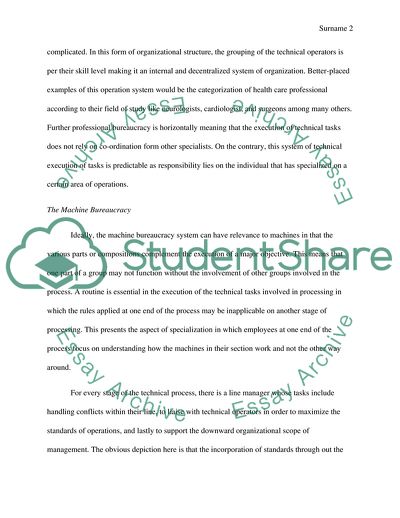Cite this document
(Machine and Professional Bureaucracies Coursework Example | Topics and Well Written Essays - 2000 words - 4, n.d.)
Machine and Professional Bureaucracies Coursework Example | Topics and Well Written Essays - 2000 words - 4. https://studentshare.org/technology/1801779-questions
Machine and Professional Bureaucracies Coursework Example | Topics and Well Written Essays - 2000 words - 4. https://studentshare.org/technology/1801779-questions
(Machine and Professional Bureaucracies Coursework Example | Topics and Well Written Essays - 2000 Words - 4)
Machine and Professional Bureaucracies Coursework Example | Topics and Well Written Essays - 2000 Words - 4. https://studentshare.org/technology/1801779-questions.
Machine and Professional Bureaucracies Coursework Example | Topics and Well Written Essays - 2000 Words - 4. https://studentshare.org/technology/1801779-questions.
“Machine and Professional Bureaucracies Coursework Example | Topics and Well Written Essays - 2000 Words - 4”. https://studentshare.org/technology/1801779-questions.


